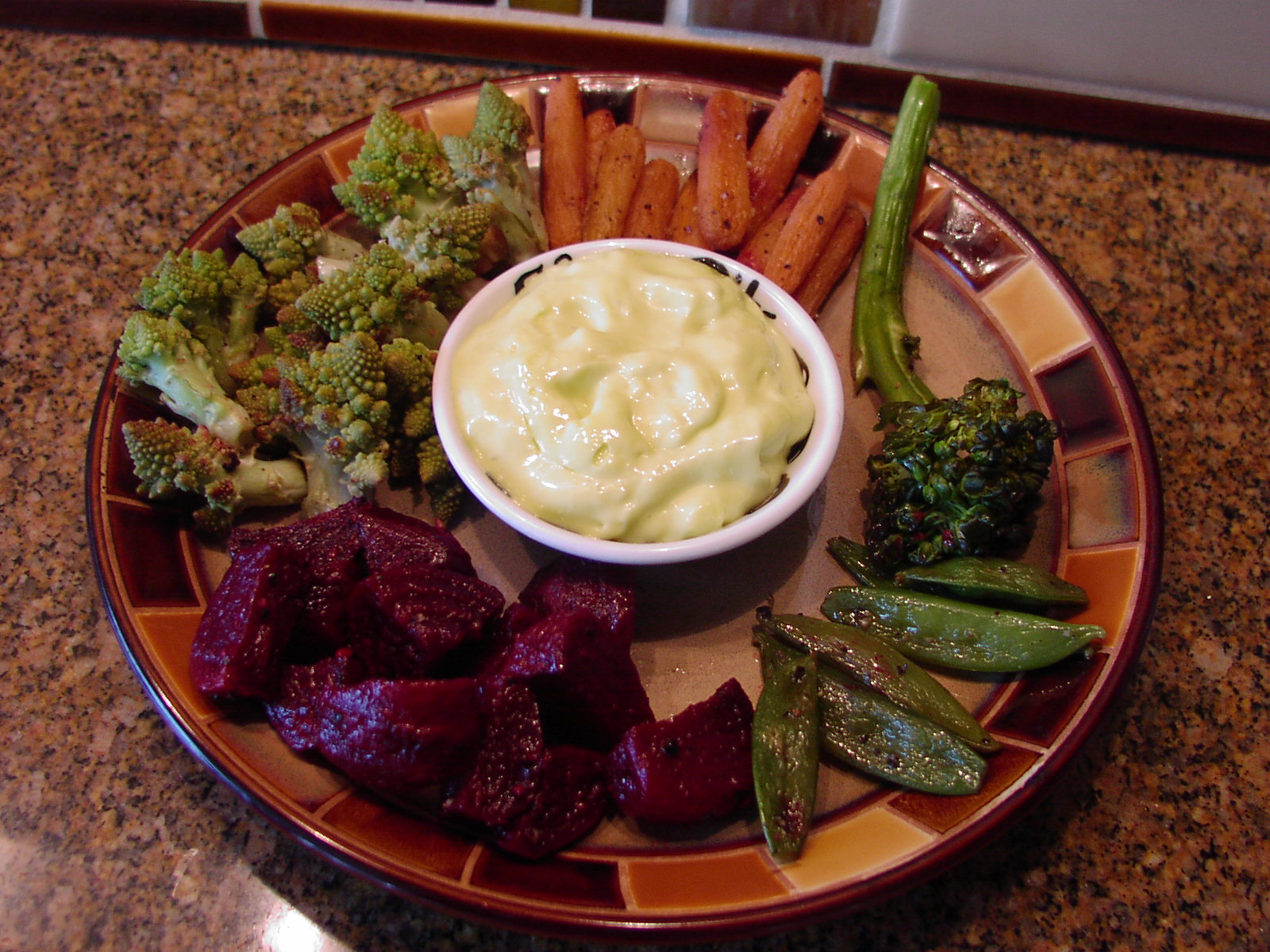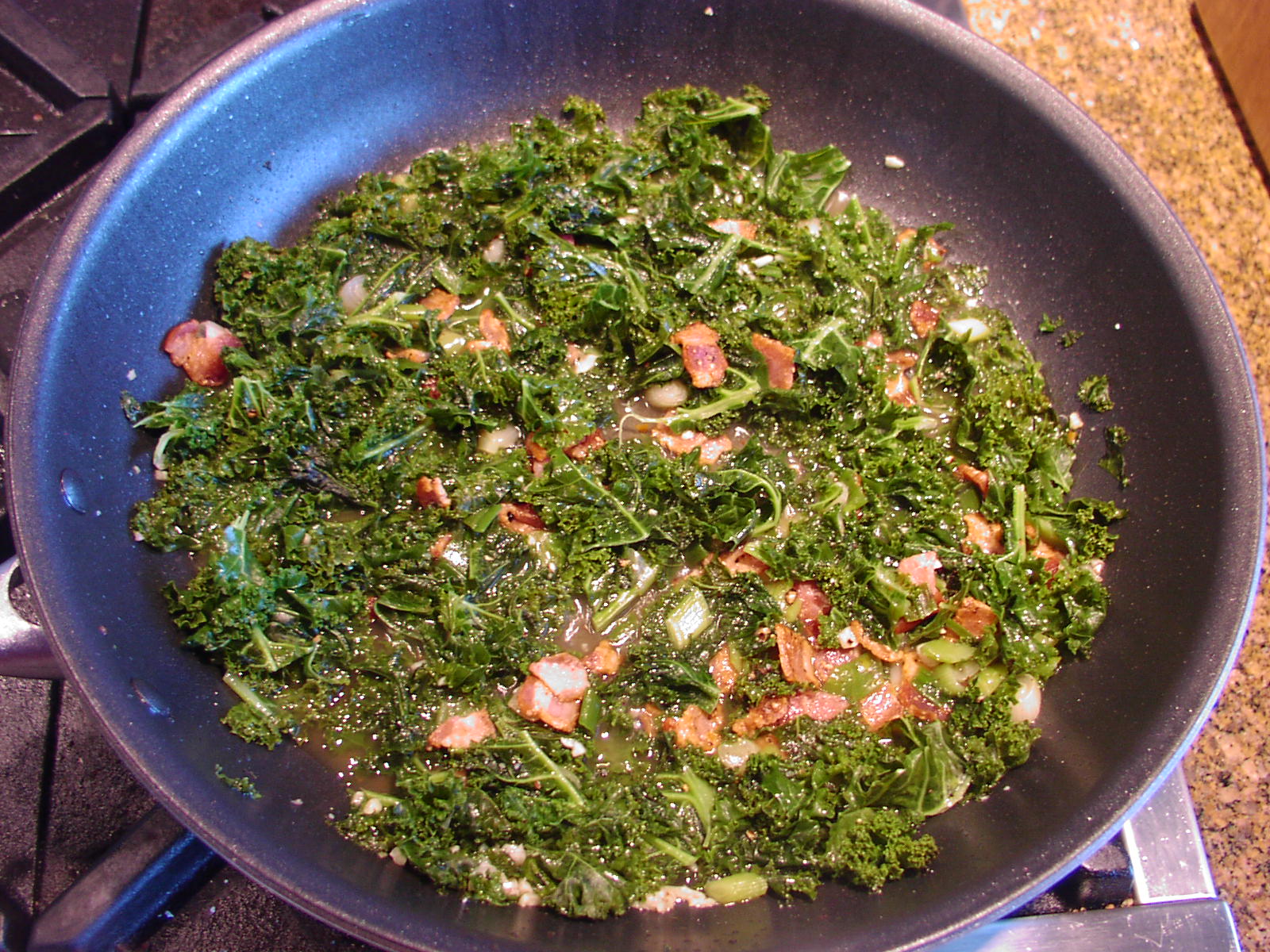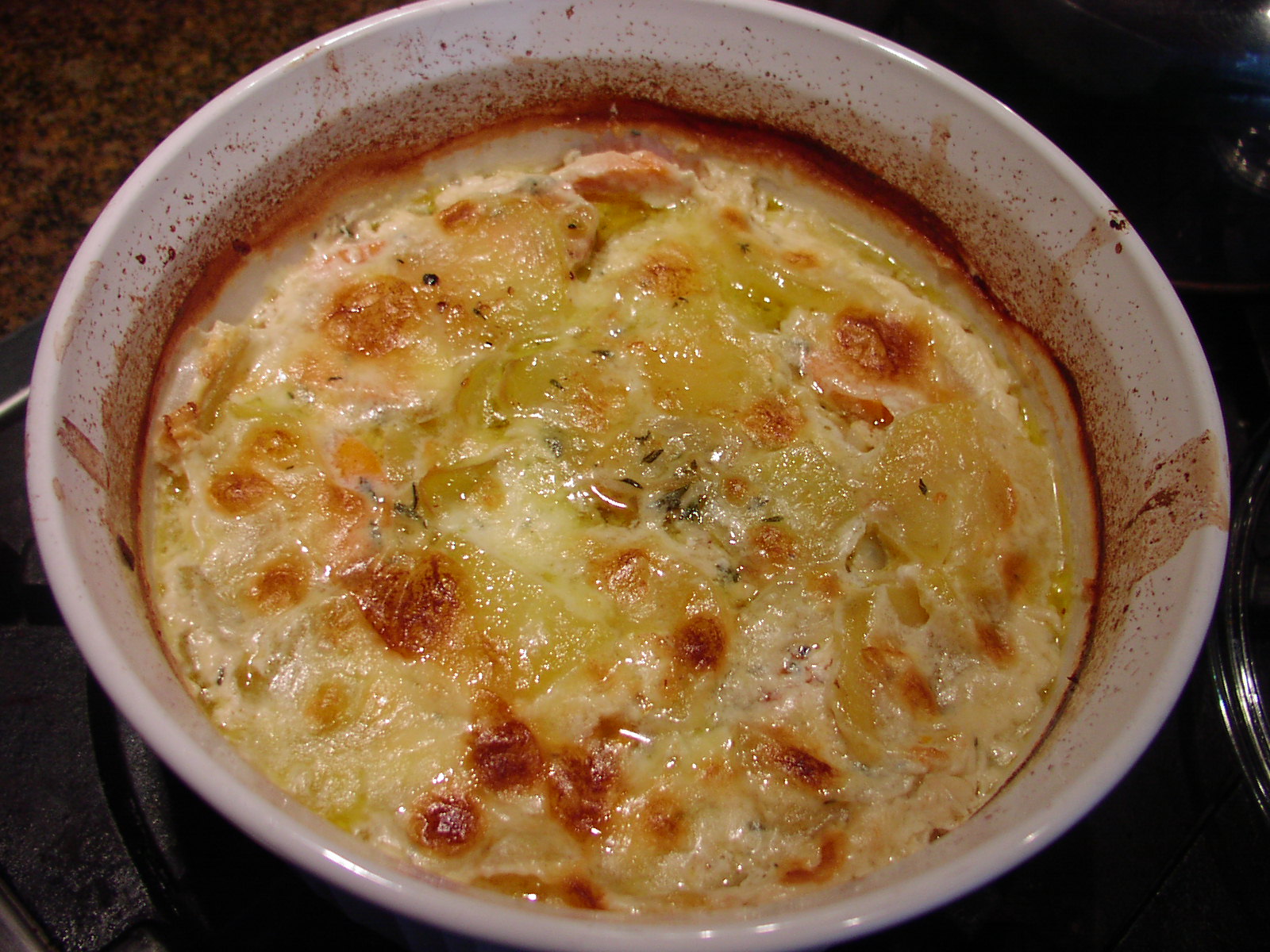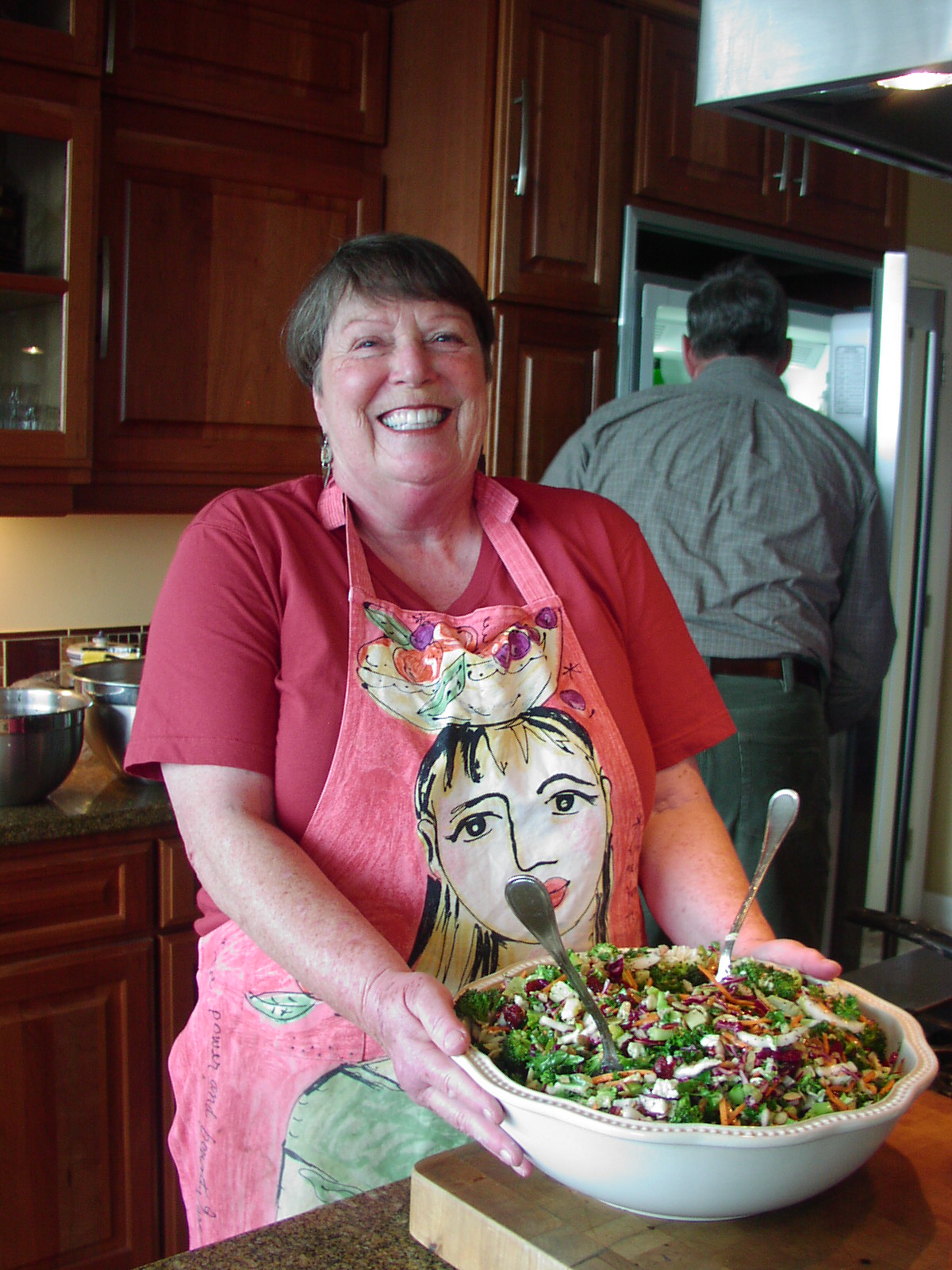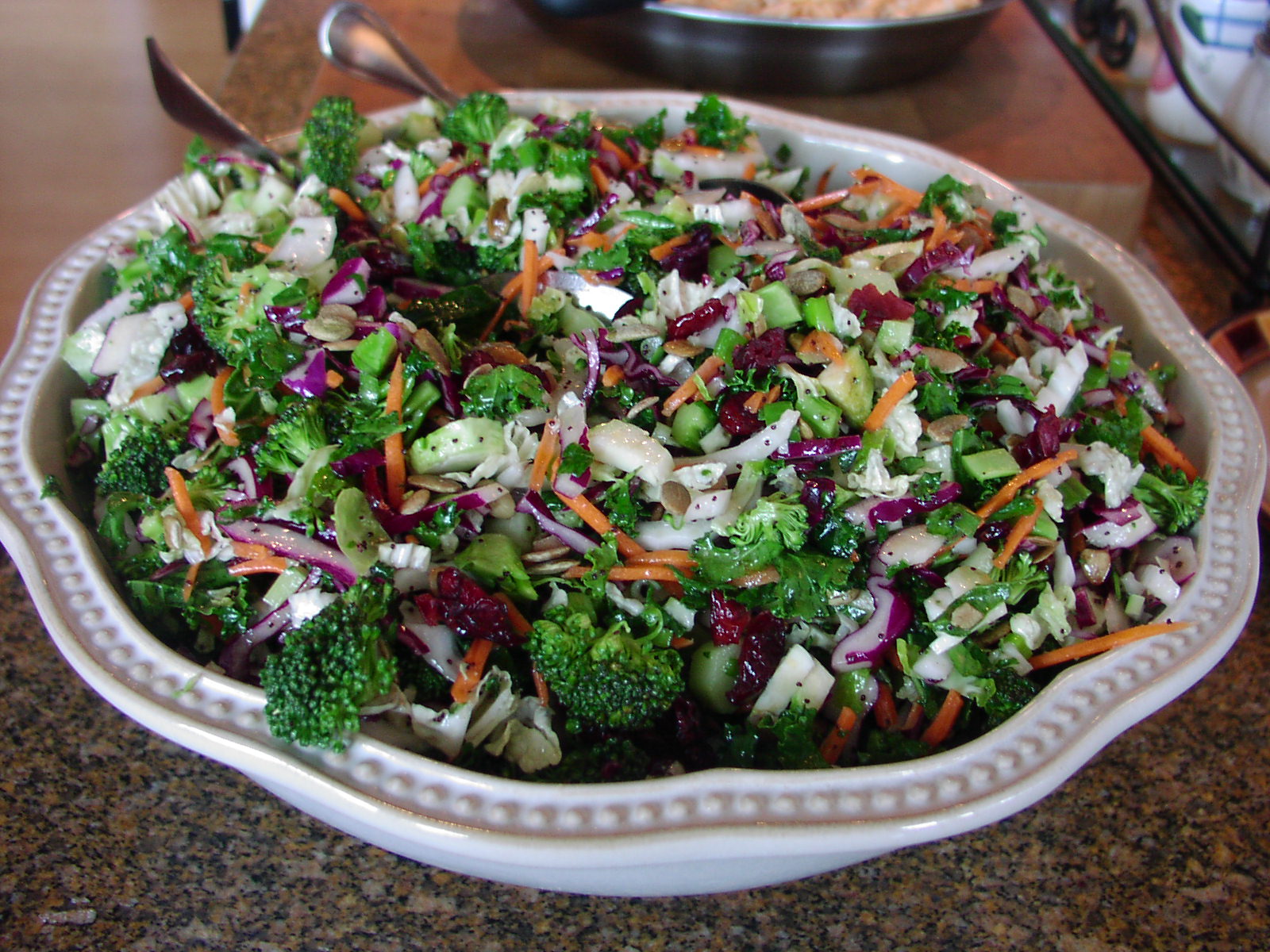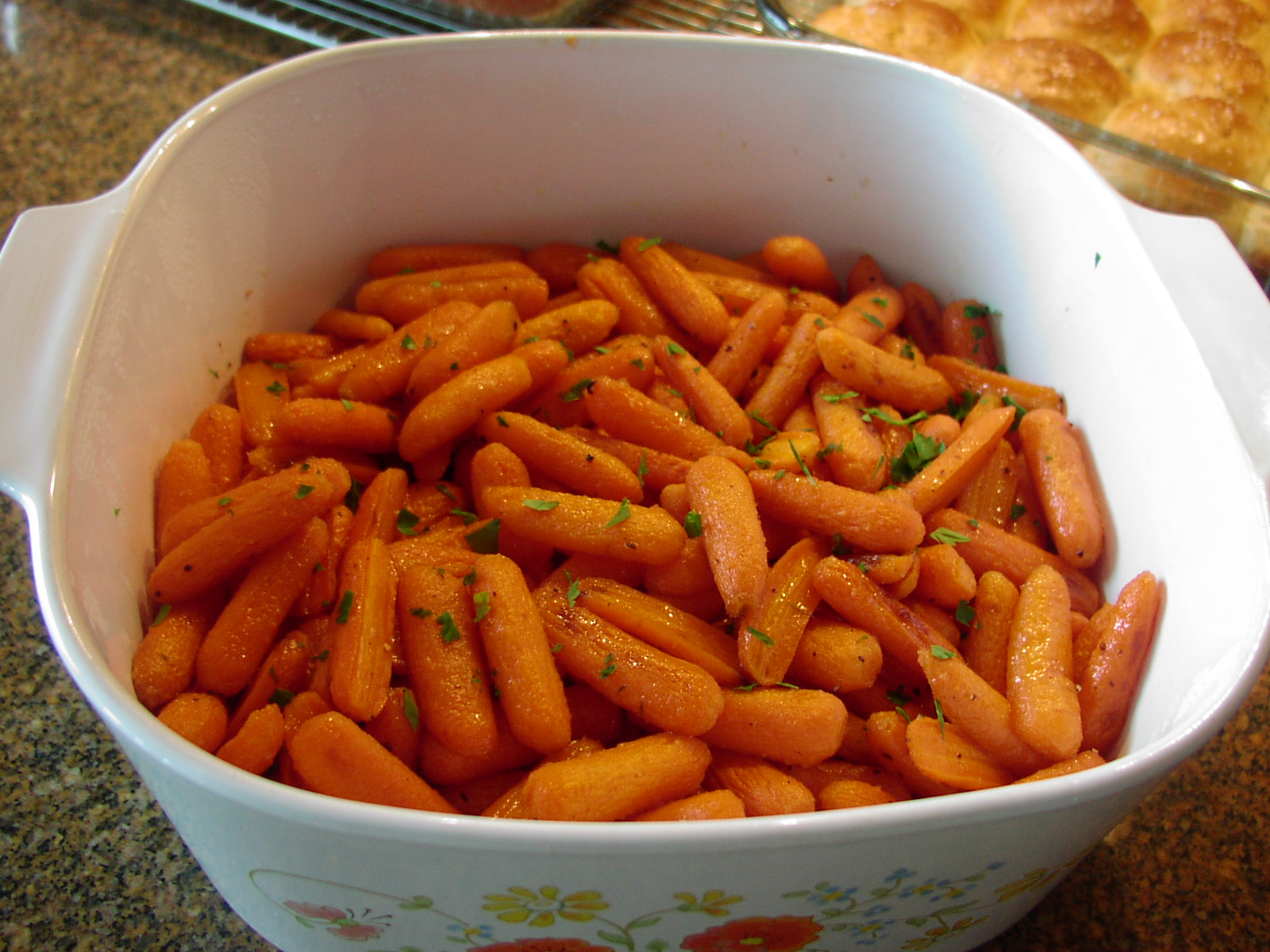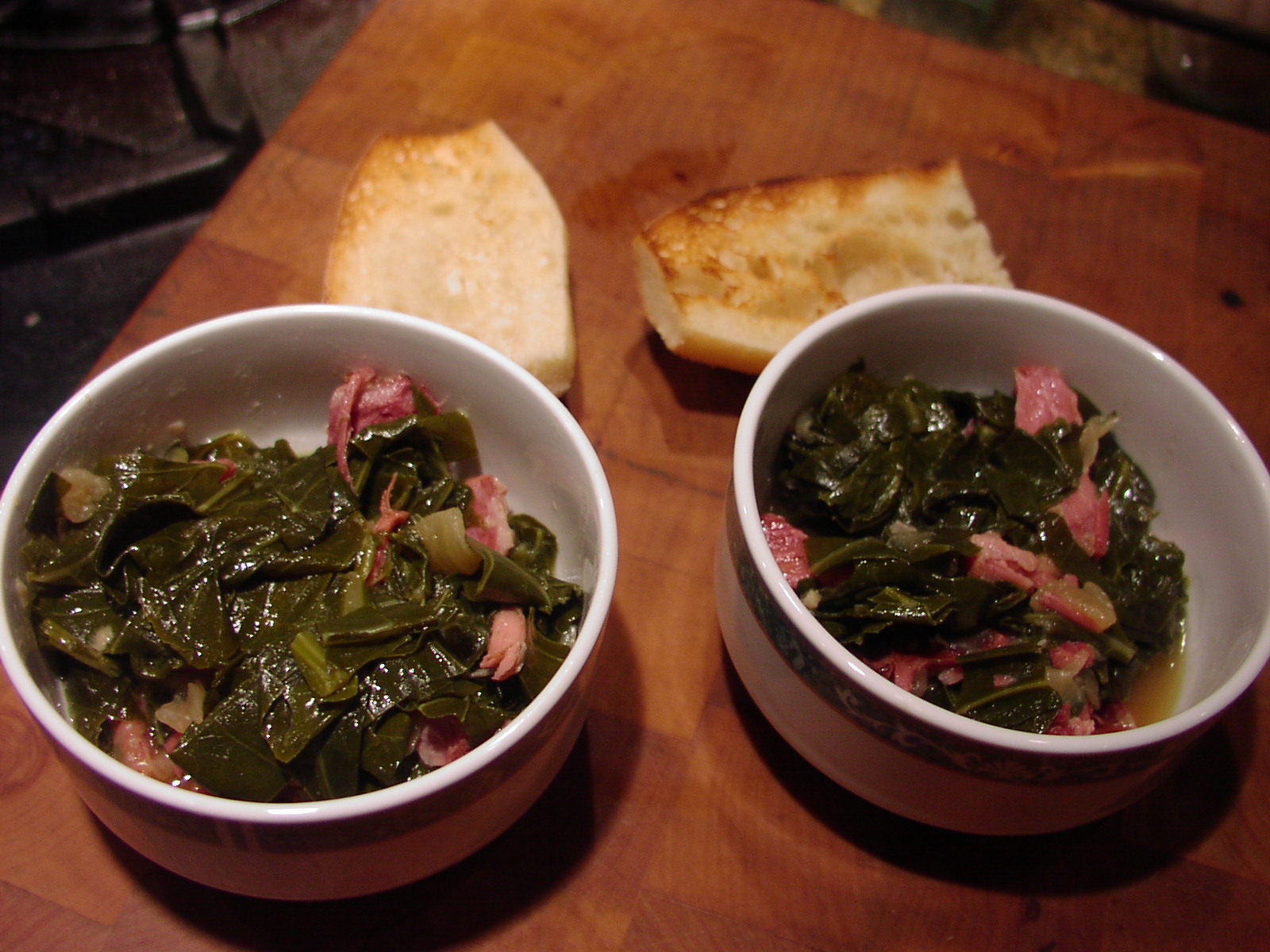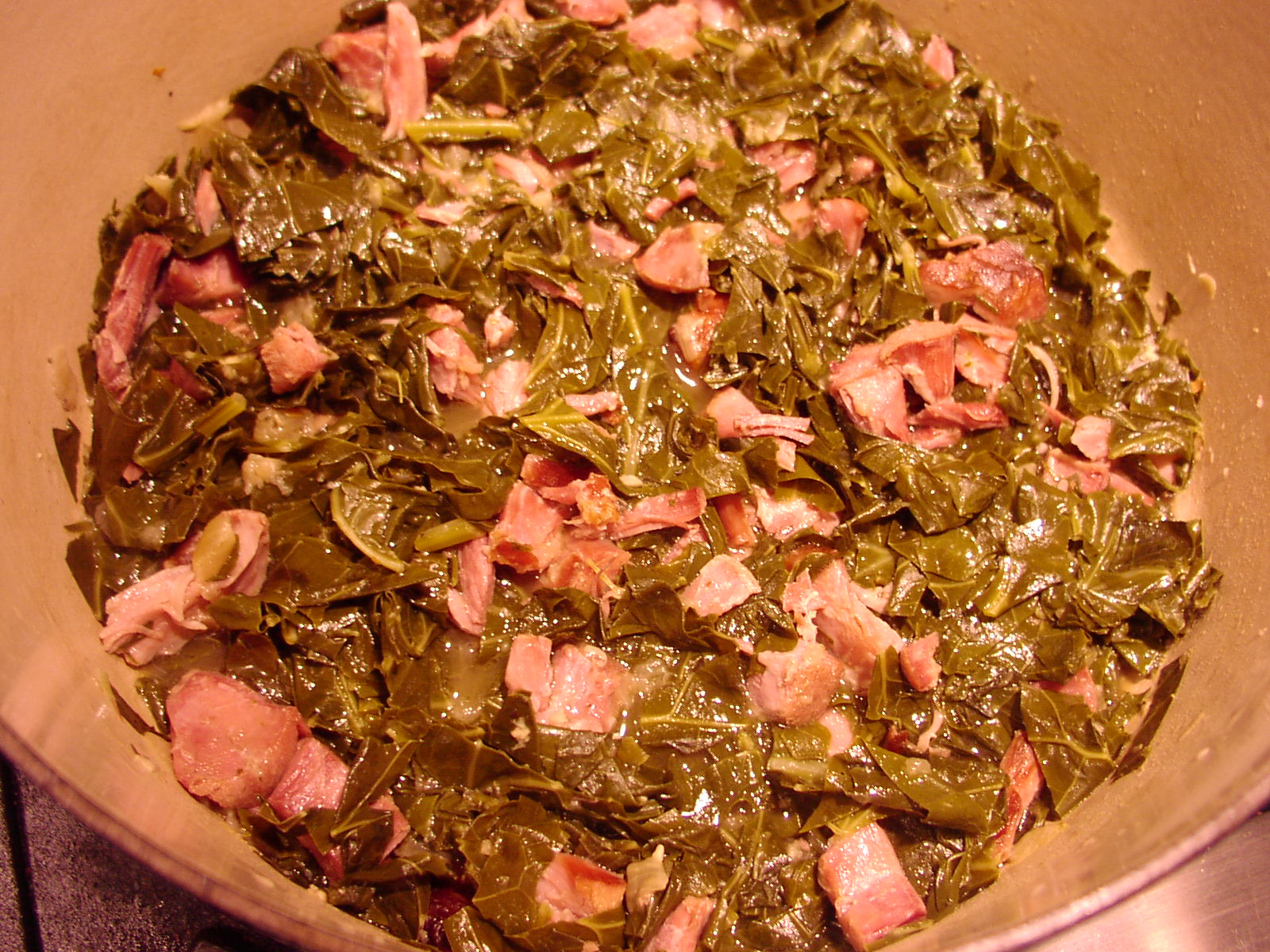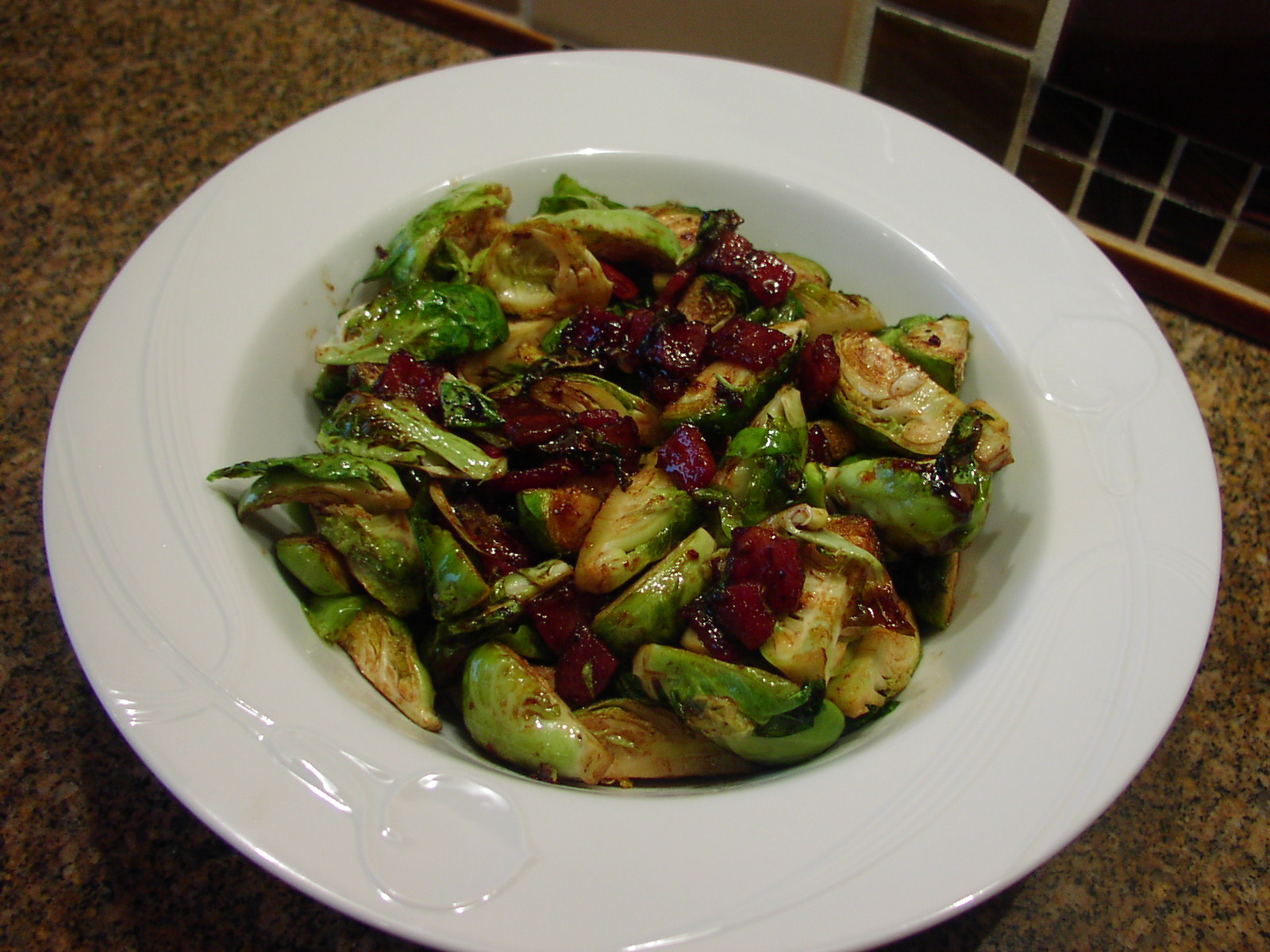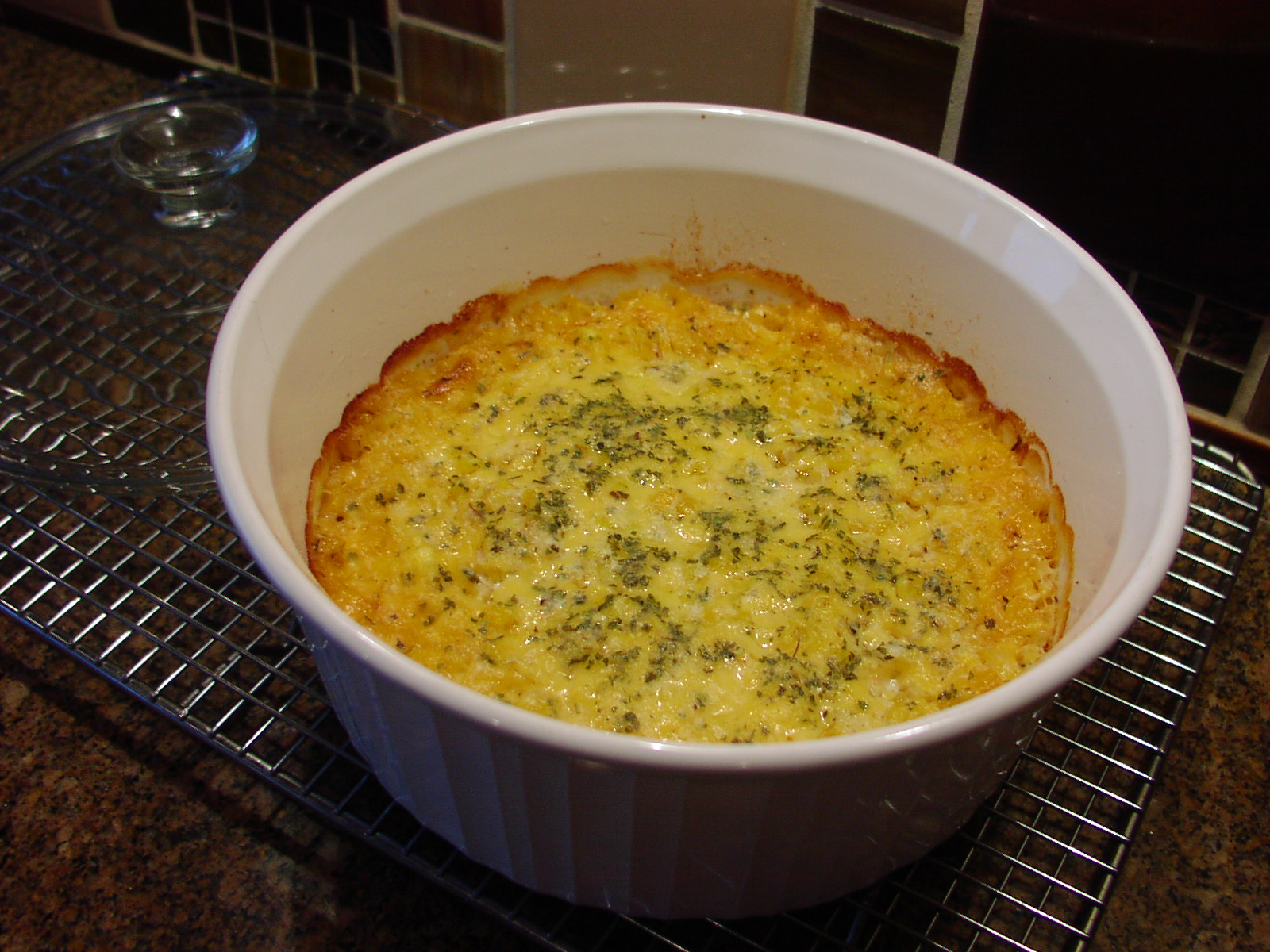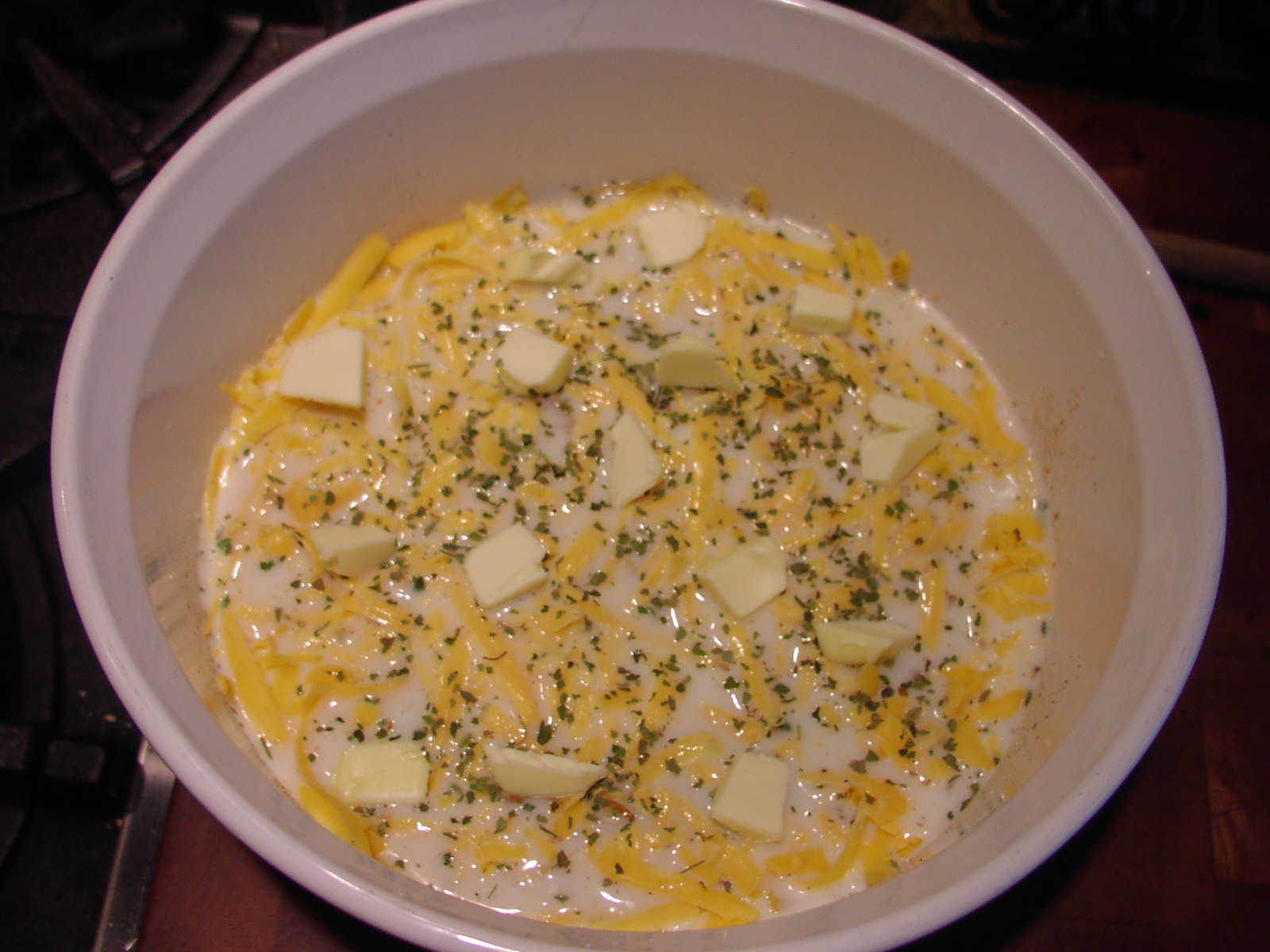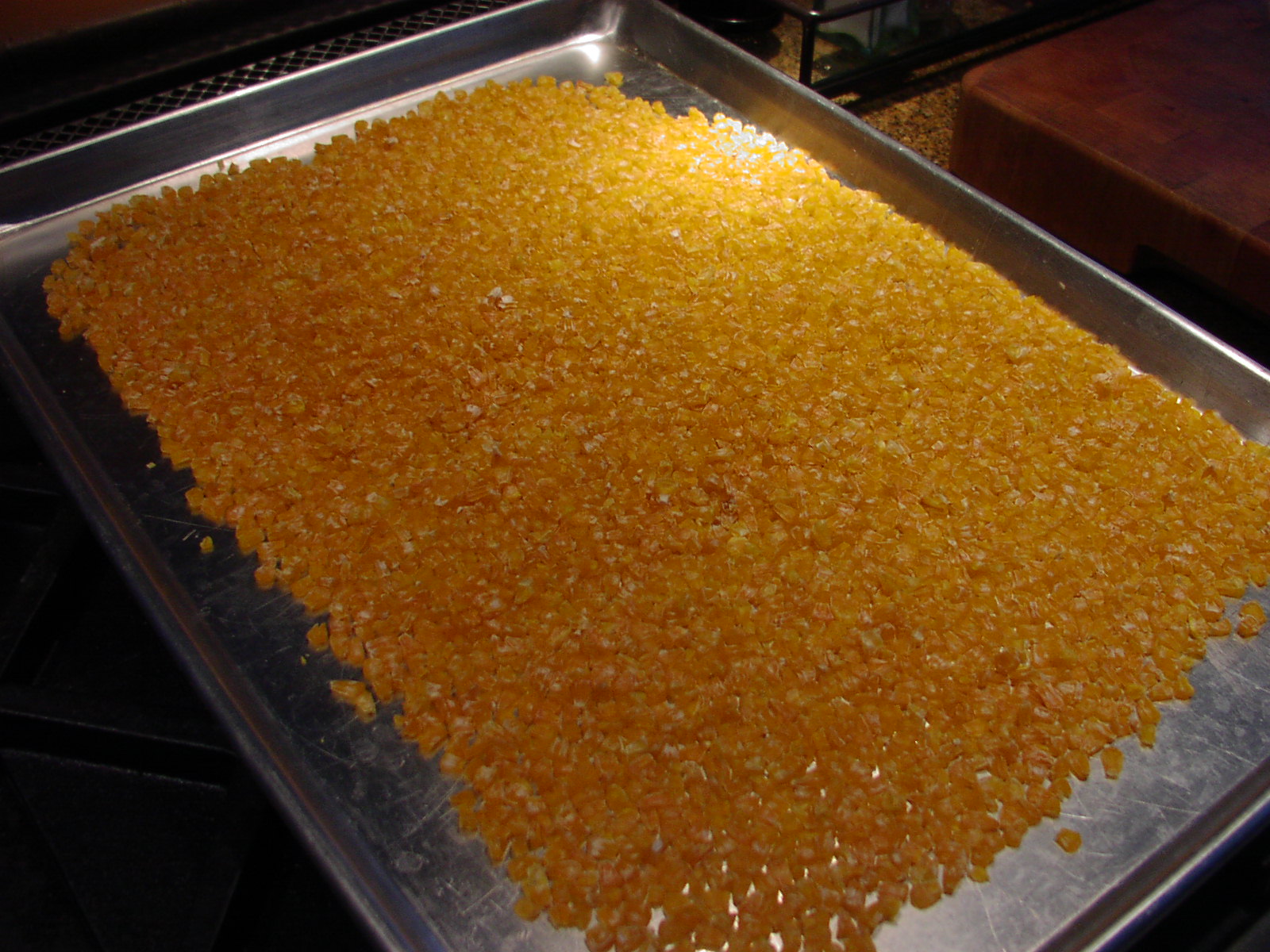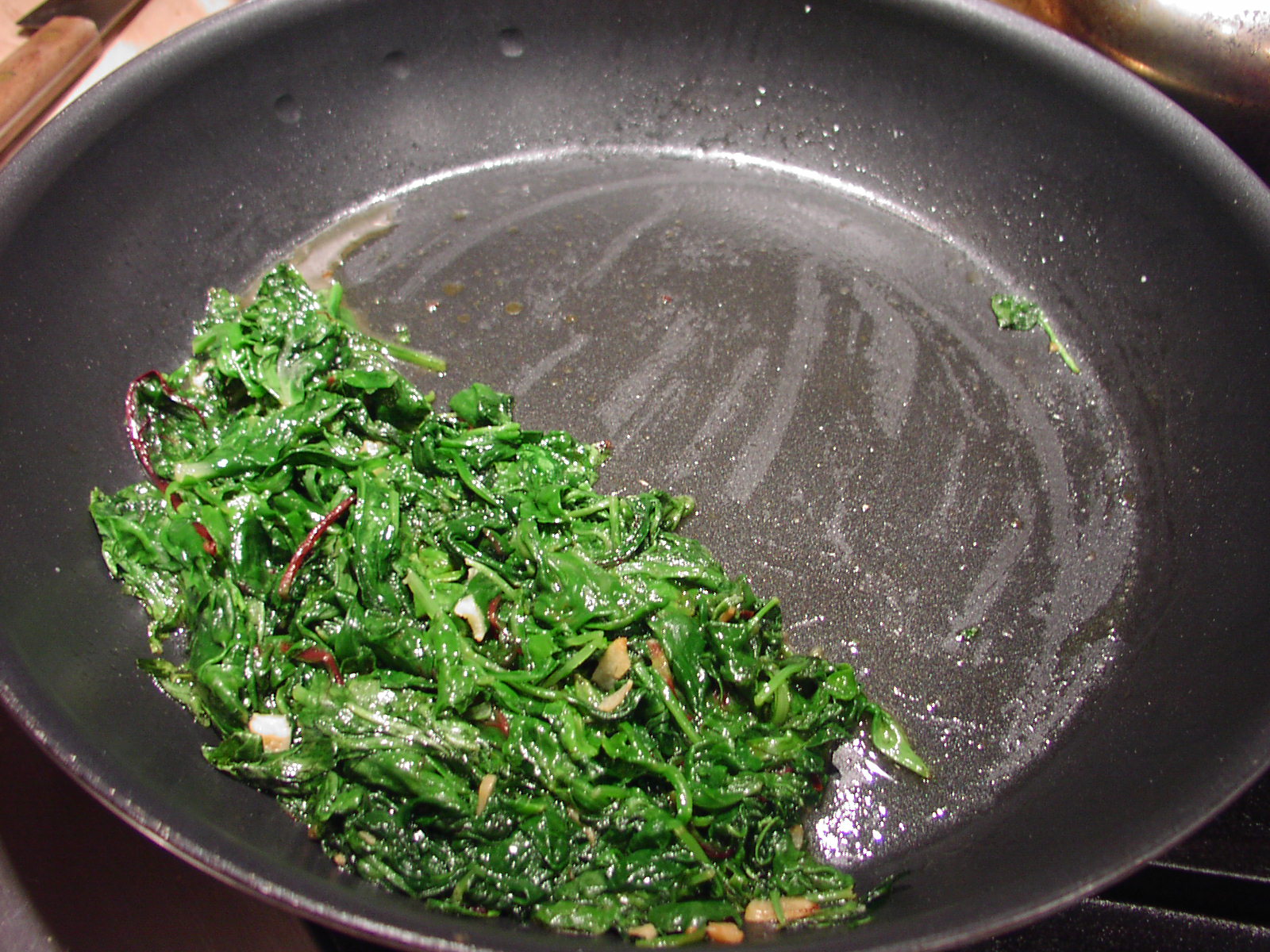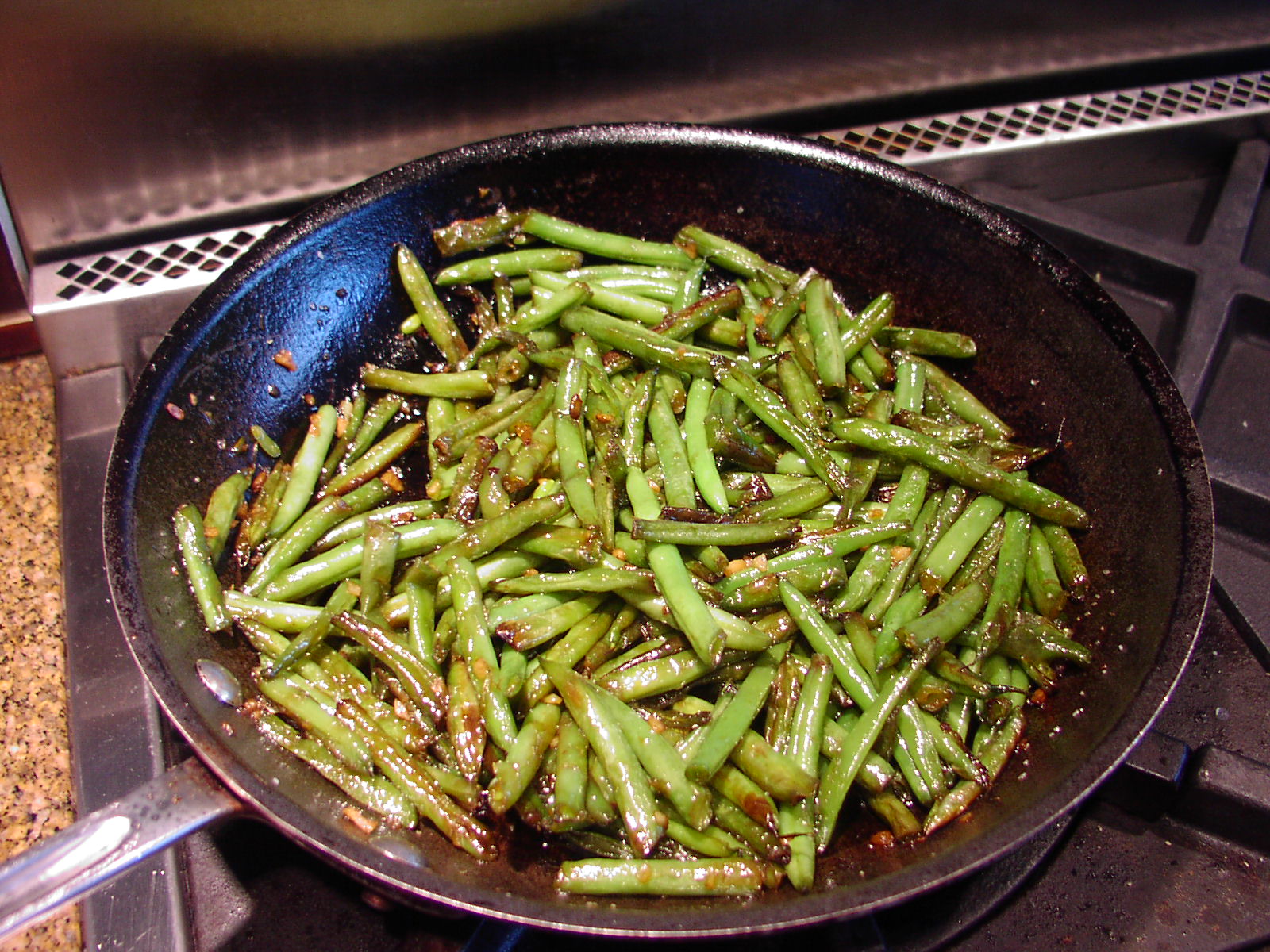So OK, most of you already know that roasted veggies are the greatest culinary breakthrough since polenta was introduced into mainstream American cooking. And of course, unless you happen to be from another planet, you also know that veggies when roasted are as universally revered as Boris Badenov and Natasha Fatale! It’s just an accepted culinary fact. (Not that Boris and Natasha are edible, you realize. But you must admit they are about as delectable as your favorite apple pie!)
But if you happen to be one of the few who are unfortunate enough to have no experience with roasted veggies, have I got a treat for you! Even if you do know roasted veggies as well as you know your mailman or milkman (no implication of wrong doing intended) this Lemon Garlic Aioli recipe from Melissa Clark will lift even the already magnificent roasted veggie to a new high!
And for being an aioli that you make from scratch rather than starting with a mayonnaise base, it is really quick and easy to prepare. Plus you can make it up to three days in advance. Wee ha……
So I guess the only thing left to say is that I hope you give this recipe a try the next time you roast veggies. I love to serve this dish as an appetizer, but it would work just as well as a veggie side dish.
But wait – there is one other small little thing I should warn you about before I send you off to the kitchen to warm up your blender. This aioli is so amazing, that people have been known to take one bite, throw back their head, and howl in delight. They have also been known to sputter OMG three times in a row. If either response happens, do not be too concerned. They will soon recover and return to their natural apathetic selves as soon as their equilibrium returns.
Aioli Ingredients:
- 1-2 garlic cloves (I use 1 medium)
- 1 tsp. lemon juice or more to taste
- ⅛ tsp. fine sea salt or more to taste
- 1 large egg, room temperature
- 1 lg. egg yolk, room temperature
- ¾ c. extra-virgin olive oil
Suggested Veggies Ideal for Roasting:
- beets, (any color) peeled and cut into 3/4-inch cubes
- romanesco, cut into bite-sized florets
- broccoli, cut into florets and the stems (after they have been peeled), cut into bite-size pieces
- cauliflower, cut into bite-size florets
- sweet potato, peeled, halved, quartered lengthwise and cut into 3/4-inch cubes
- eggplant, cut into 1-inch squares
- red, orange, or yellow peppers, cut into 1/2-inch wide pieces
- broccoli rabe/rapini, cut into even sized portions, leaves and stems still attached (no need to peel the stems)
- whole button mushrooms or large slices of portabella mushrooms
- zucchini or other summer squashes, cut in half lengthwise and then into 3/4-inch long pieces
- pea pods
Aioli Directions:
Grate the garlic clove(s) directly into your blender or food processor. Add lemon juice and salt; let sit for a couple of minutes. Add eggs and blend until combined. With the blender running, slowly add the olive oil in a thin, steady stream. Taste for seasoning and add more salt or lemon juice as needed. Can be prepared up to 3 days in advance.
Roasted Veggie Directions:
- extra virgin olive oil
- kosher salt
- freshly ground black pepper
Place vegetables on rimmed baking sheets according to how long each needs to bake. (See chart below)
(Veggies with about the same baking time can be placed on the same sheet. I tend to keep each variety separate so I can remove the veggies individually if necessary and keep them separate for plating.) Drizzle all the veggies with just enough olive oil to moisten, and sprinkle with salt and pepper. (You don’t want too much olive oil or your veggies will taste greasy.)
Roast in a pre-heated 425 degree oven for the time reflected below or until they are fork tender. Turn the veggies periodically while they are roasting. Remove from oven and cool to room temperature. Arrange on platter and serve with the aioli on the side.
Approximate Roasting Time for Veggies: (watch the veggies carefully because every oven and veggie is different)
- beets – 40 to 50 minutes
- petite carrots – 40 to 50 minutes
- romanesco – 20 to 30 minutes
- broccoli – 20 to 30 minutes
- cauliflower – 20 to 30 minutes
- sweet potato – 20 to 30 minutes
- eggplant – 20 to 30 minutes
- red, orange, or yellow peppers – 15 to 20 minutes
- broccoli rabe/rapini – 15 to 20 minutes
- whole button mushrooms or large slices of portabella mushrooms – 15 to 20 minutes
- zucchini or other summer squashes – 15 to 20 minutes
- peapods – 15 to 20 minutes

